Why it’s time to sharpen your data strategy for the future

Audience data strategies present an ongoing struggle for the modern marketer – namely data access, identity resolution and turning insight into action, according to Nielsen's 2022 Global Annual Marketing Report. Here, we explore what it will take for marketers to overcome them.
Audience data is gold dust for marketers. Yet with seismic shifts rattling the media landscape, gaining access to and using it to their advantage is causing a headache for advertisers. To build a future-focused data strategy, always-on prioritization and continuous optimization will be key.
While marketers understand the need for it, only 26% of global marketers are fully confident that they have access to the quality audience data they need to get the most out of their media budget, according to Nielsen’s 2022 Global Annual Marketing Report. Full confidence is even lower when looked at in specific regions including APAC (22%) and EMEA (18%).
With each new digital channel comes another unique data set and way of targeting audiences. Only when marketers can really understand the consumers behind each engagement can they be confident that they are reaching the right audiences with the right messages.
“Where marketers tend to make the biggest mistakes are by using the wrong siloed solutions or to give up entirely on the benefits that granular data offers – namely greater accuracy, which drives better results,” explains Emma Delserieys, vice-president, customer success Europe, marketing effectiveness at Nielsen.
“A proactive approach to first-party data curation is the best way to prepare for the future,” says Delserieys. “Marketers must be purposeful about connecting with their audience, gaining their trust and be responsible guardians for their data. Then, it’s about working with solutions that allow you to leverage the accuracy of the granular data available – whether your own first-party data or other granular level data that is still available.”
Shifting from ‘we’ to ‘me’
The problem is that individual marketing campaigns don’t have a single KPI. Instead, there is an array, which makes it difficult to align on a single data strategy. For example, an advertiser may be looking to grow revenue and acquire new customers. In an ideal world, each of those objectives should have its own data strategy, aligned with the appropriate channels.
Nielsen data shows that audience targeting is critical to positively impact campaign performance, along with ad creative, audience reach and data quality. A ‘define once, activate everywhere’ approach isn’t going to deliver optimal campaign results.
While 72% of global marketers believe they have access to quality data that will maximize the impact of their media budgets, growing data sources make it difficult to harness their full power.
To deliver more personalized, relevant experiences, it’s clear that marketers must shift from a ‘we’ to ‘me’ mindset. The report offers three tips on how to improve performance with better audience targeting:
Personalize your efforts at scale, leveraging a combination of contextual and behavioral data
Unbundle individual households to better identify who is viewing what program in real time
Continuously optimize your data strategies to ensure alignment with campaign KPIs
With third-party cookie deprecation on the horizon, marketers must rely on high-quality, first-party data – something a majority (69%) believe is important for their strategies and campaigns.
“There’s a real sense of urgency. Marketers need to prioritize their data strategies, complete with an investment in first-party data,” says Delserieys. “For brands who don’t have the ability to capture data directly from consumers, building relationships with trusted data partners who collect customized, quality data in consent-compliant ways will help ensure always on-prioritization to improve audience targeting and campaign performance.”
Resolving identity
As marketing faces an identity crisis, people-based identifiers are proving critical for creating relevant consumer engagements, throughout full customer journeys. With the right identity solution, advertisers can improve digital ad delivery and measurement, by connecting digital impressions to specific demographics across billions of devices.
The Nielsen Identity System for Digital Ad Ratings, for example, is infused with demographic data from a range of providers, giving advertisers and publishers people-based metrics informing them that measured demographics are appropriately assigned and deduplicated across devices.
As identity solutions develop, many marketers will continue to use contextual targeting solutions as they start to navigate a world without cookies. But that alone is not enough. To deliver the most ROI, marketers can strengthen their contextual consumer segment data with complementary behavioral data sets to identify which touchpoints lead to desired outcomes.
“Nielsen’s Multitouch Attribution (MTA) studies show that behavioral data based on the actions people actually take delivers substantially higher marketing performance than data signals alone,” explains Delserieys. “The most advanced tactics combine the power of both to improve accuracy and personalize at scale, to deliver the highest impact and ROI.”
Source: The Drum, Jenni Baker, Nielsen


